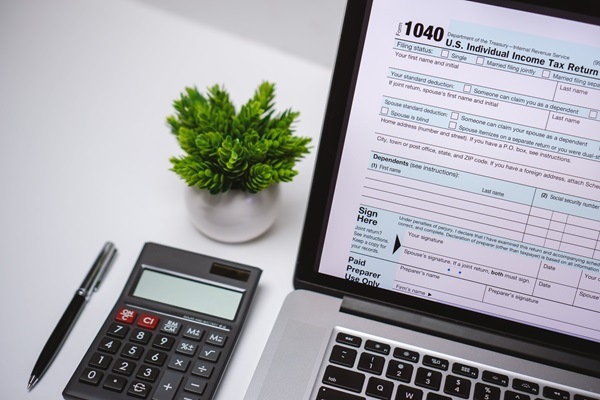How Does Credit Card APR Work?

APR stands for Annual Percentage Rate, and refers to the yearly interest rate you’ll pay if you carry a balance on your credit card. Your APR can be fixed, meaning it doesn’t change, or variable, meaning it can go up or down over time. Variable APRs are tied to an underlying index such as the federal prime rate, which is the lowest interest rate at which banks will lend money. If the prime rate increases, your variable APR will also increase, and vice versa.
What is an average credit card APR and how does it work?
The Federal Reserve periodically publishes the average interest rate for credit card accounts, using a sample of about 50 banks to make its calculations. As of February 2024, the average APR for credit cards where the user has a balance was 22.63%.
But the average credit card APR isn’t necessarily the rate you’ll get. Depending on the card provider, your credit score at the time of your credit card application will help determine your interest rate. However, every financial institution will offer a different range of APRs per card, and credit unions, such as Service Credit Union may offer lower than average credit card rates.
What are the different types of APR?
You may have a different APR depending on what you’re using your card for. For example, a balance transfer APR may be offered at a special low rate to encourage you to transfer your existing card balance to a different credit card. If you use your credit card to get a cash advance, you may have a higher APR that doesn’t have a grace period. The standard APR on your card for when you carry a balance is called the purchase APR. Some cards may offer a promotional or introductory APR, especially in the first year of use.
How is APR calculated?
You can use the APR on your credit card to calculate how much you have to pay on a balance, by figuring out how much credit card interest you’re charged per day on your balance.
For example, if you have 24% APR on a credit card and owe $1,000, you would divide 24% by 365, and get 0.066% as a daily rate, or about 66 cents per day. To see how much you’d pay per month on a $1,000 balance, multiply the daily rate by the number of days in your billing cycle. If it’s 30 days, on a $1,000 balance with a 24% APR, you’ll pay $19.80 in interest monthly.
Does APR apply if I pay on time?
If you consistently pay your credit card bill on time, and do not carry a balance, you may not have to worry about your APR.
Do I have to pay APR if I am late on my payment?
Most cards have a grace period, during which you can pay the balance due in full without owing any interest. Thanks to the Credit CARD Act of 2009, lenders are required to deliver your bill to you at least 21 days in advance of when it’s due, and many lenders will offer an interest-free free grace period during this time.
If you have a grace period and pay off your balance by the due date, that grace period continues and you’re able to make new purchases with your credit card without paying interest if you continue to pay the balance in full each month.
Make sure to read your credit card issuer’s card agreement to check if you have an interest-free grace period.
If you’re dealing with credit card debt and don’t know how to get out of it, check out the free resources offered by our partners at Greenpath Financial Wellness.




